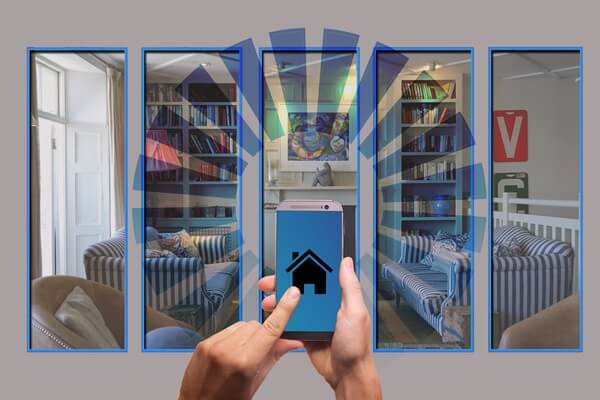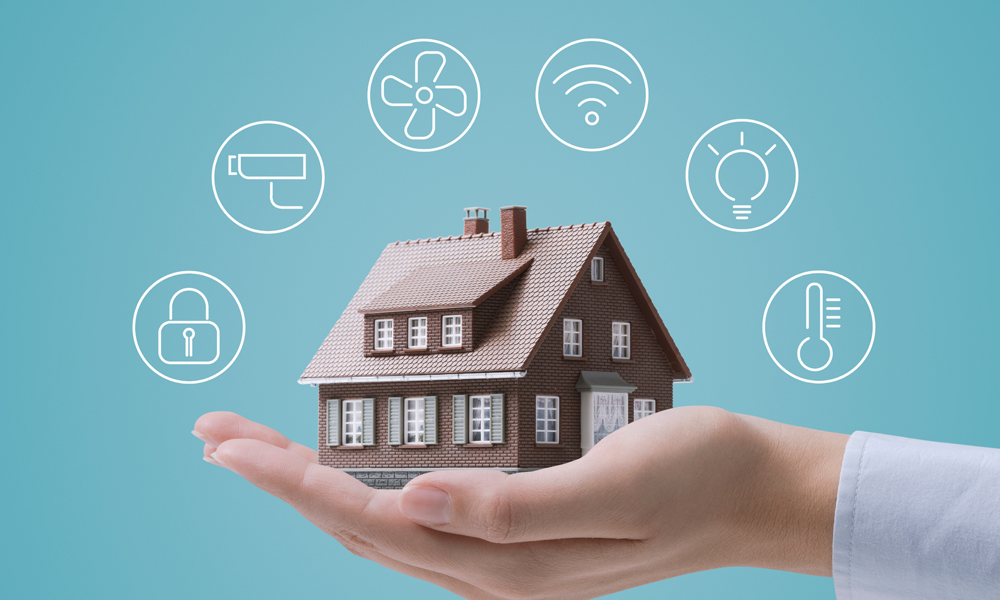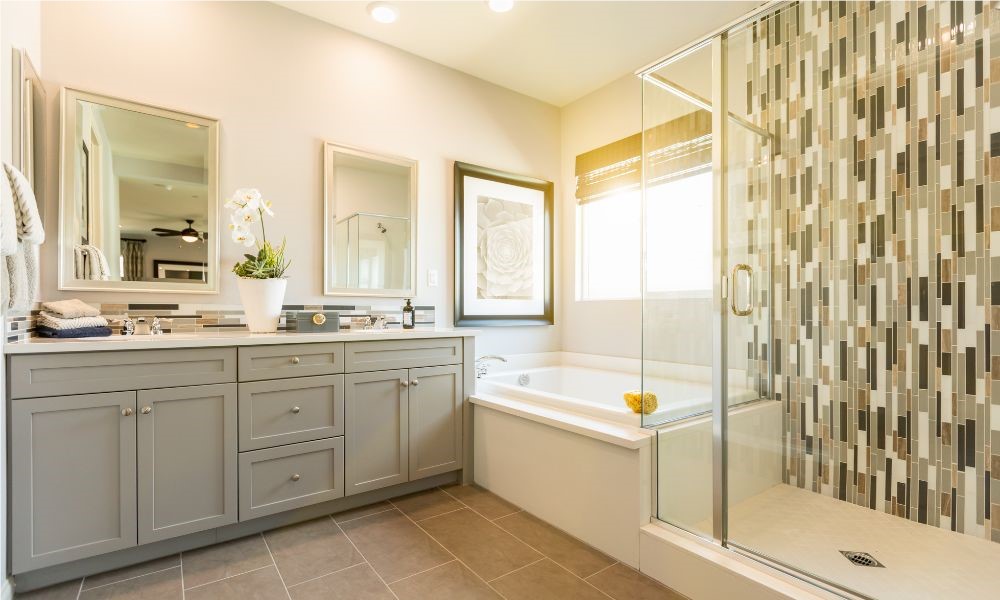Smart homes have revolutionized the way we live, offering convenience, comfort, and security like never before. With the advancement of technology, transforming your house into a smart home is now easier than ever. In this guide, we will walk you through the essential steps to create your very own smart home.
Step 1: Assess your Needs
Before diving into the world of smart home automation, it is crucial to assess your needs and determine what you want to achieve with your smart home. Consider the areas where you want to implement automation, such as lighting, security, temperature control, entertainment, and more.
Step 2: Choose a Smart Hub
A smart hub acts as the central control unit for your smart home devices. It allows you to connect and manage various devices through a single interface. Research and choose a smart hub that is compatible with your preferred smart home devices and fits your needs.
Step 3: Select Smart Home Devices
Based on your needs and preferences, select the appropriate smart home devices. These may include smart bulbs, thermostats, security cameras, door locks, voice assistants, and more. Ensure that the devices you choose are compatible with your chosen smart hub.
Step 4: Set up a Smart Network

A robust and reliable Wi-Fi network is essential for a seamless smart home experience. Upgrade your router if necessary, and position it strategically to ensure optimal coverage throughout your house. Set up a secure network with a strong password to protect your smart home devices from unauthorized access.
Step 5: Install and Connect Smart Devices
Follow the manufacturer’s instructions to install and connect your smart home devices. This may involve downloading dedicated apps, creating user accounts, and connecting the devices to your smart hub. Ensure that each device is properly configured and linked to the central control unit.
Step 6: Automate and Customize
Once your smart home devices are connected, it’s time to automate and customize your home’s settings. Utilize the features provided by your smart hub to create routines and schedules for your devices. For example, you can automate your lights to turn on when you enter a room or set your thermostat to adjust the temperature based on your daily routine.
Step 7: Enhance Security and Privacy
As with any connected devices, security and privacy should be a top priority. Change default passwords, enable two-factor authentication, and regularly update the firmware of your smart home devices. Keep your network secure by using a firewall and installing security software on your devices.
Step 8: Expand and Upgrade
As you become more comfortable with your smart home, you can continue to expand and upgrade your setup. Consider adding additional devices or integrating new features and technologies to further enhance your home automation experience. Stay updated with the latest advancements and explore new possibilities.
Creating a smart home is an exciting journey that can significantly improve your daily life. By following this ultimate guide, you’ll be well on your way to enjoying the convenience, comfort, and security that a smart home has to offer.




